
Potsdam: a weekend in the green state capital of Brandenburg
Advertising: Contribution in cooperation with the German National Tourist Board e.V.
Potsdam is known for its magnificent palaces and gardens. A legacy of the kings of Prussia and today the tourist magnet of the former residential city. On my first city trip to Berlin more than ten years ago, I also included a day trip to Potsdam in the sightseeing program and walked in amazement through the extensive palace gardens of Sanssouci. But Potsdam actually has much more to offer! This prompted us to get to know the state capital of Brandenburg better this autumn as part of a two-day stay.
Places of interest in Potsdam: the sights at a glance
Potsdam is located a good thirty minutes by train from Berlin’s main train station in the middle of a cultural landscape on the Havel that has been shaped over centuries. The city centre is surrounded by extensive parks with old trees, former hunting forests and the lazily flowing Havel. It is therefore not surprising that Potsdam lands at the top of the podium of the “greenest” cities in Germany. The parks, which contribute significantly to this high proportion of green spaces, have been part of the UNESCO World Heritage Site “Palaces and Parks of Potsdam and Berlin” since 1990 and are among the main tourist attractions. Filmpark Babelsberg is also very popular with film fans. Another well-known sight is the Glienicke Bridge. Until the fall of the Berlin Wall, it was one of the border crossing points to West Berlin. It is nicknamed the “Agent Bridge” because it was here that the United States and the Soviet Union exchanged spies during the Cold War.
In the following lines, I will show you the Potsdam sights that we visited during our two days on site. You can expect a colorful mix of architecture, cultural sites, viewpoints and beautiful places to take a break.
Potsdam Tip #1: Start the day with good coffee
If you travel from Switzerland to Potsdam by night train (which, by the way, works great!), you will arrive in the state capital of Brandenburg early in the morning. What could be more obvious than to first visit a good café and start the first day of sightseeing comfortably? That’s exactly what we did. Buena Vida Coffee Roasters is a friendly coffee roastery located a few meters from the pedestrian zone of Brandenburger Strasse. Before (or after) I recommend that you walk the 750 m long, dead straight Brandenburger Strasse, which stretches from the Brandenburg Gate at Luisenplatz to the Peter and Paul Church at Bassinplatz.



Link to coffee: Buena Vida Coffee Roasters | Monday to Saturday 9:00 a.m. to 6:00 p.m. | Sundays and holidays 10:00 a.m. to 6:00 p.m.
Potsdam Tip #2: Get an overview of St. Nicholas’ Church
Strengthened with coffee, we head to the Old Market. It is part of the historic city centre and at the same time an exciting witness to Potsdam’s urban development. In recent years, the aim has been to restore the former baroque appearance of the square. This transformation process will soon be completed. For example, the new building (!) of today’s state parliament building opposite St. Nicholas’ Church is modelled on the former Potsdam City Palace. Astonishing – the architecturally less trained eye might think that the sublime building has stood on this site since the 17th century.
What you should not miss on the Old Market Square is the detour to the viewing platform of the St. Nicholas Church. It is accessible from Wednesday to Saturday from 9:30 a.m. (Sunday from 12:00 p.m.) to 5:30 p.m. The entrance fee is 5 euros.


Potsdam Tip #3: Visit the Museum Barberini
Another defining façade of the Old Market belongs to the Museum Barberini. Since its opening in 2017, Haus has established itself as one of the most visited art museums in Germany, with changing exhibitions of international appeal and an important collection of Impressionist works. The museum is open from Wednesday to Monday from 10:00 a.m. to 7:00 p.m. The museum is closed on Tuesdays. Regular admission costs 18 euros for adults.
For more information on how to plan your visit, please visit: Museum Barberini

If you feel a little hungry after climbing the St. Nicholas Church and a tour of the Museum Barberini, I can recommend a stopover at the Café Central, which is right next door. The homemade drinks and daily changing lunch menus are delicious!
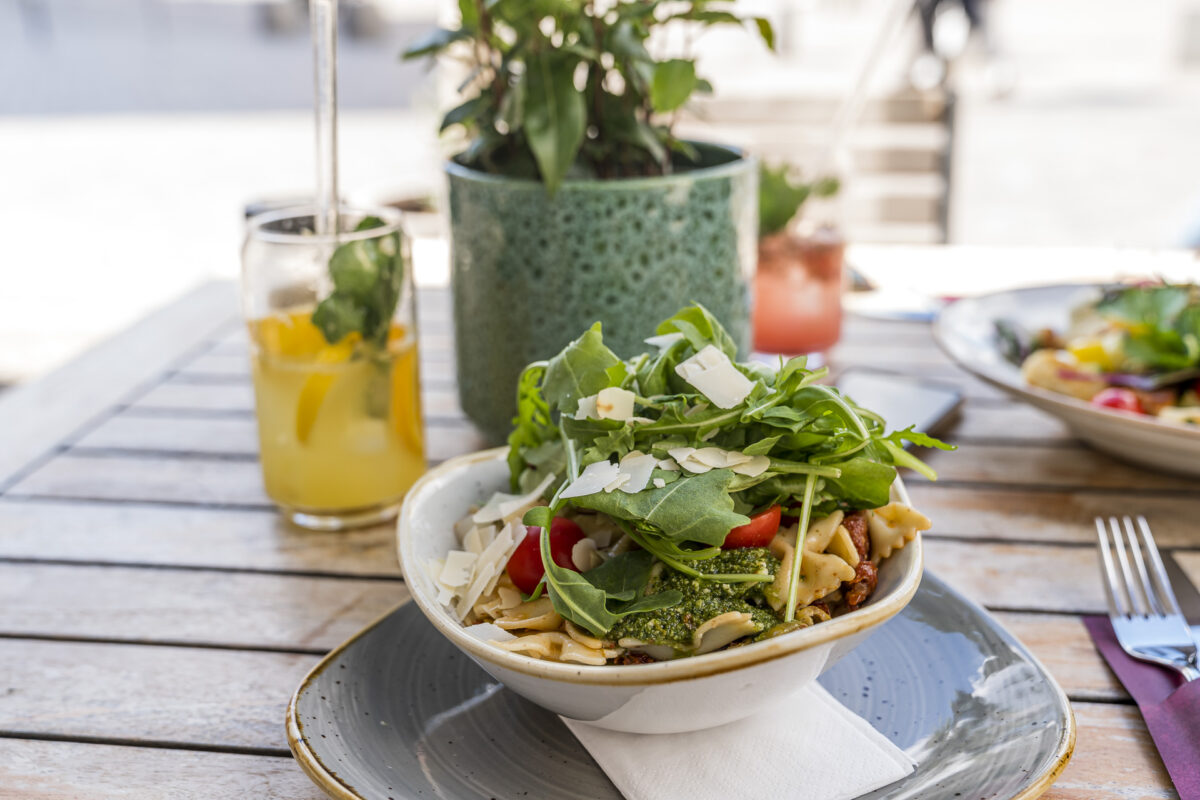
Potsdam Tip #4: Take a bike tour in the direction of Alexandrowka
For the second half of the day, we now change the means of transport. While Potsdam’s historic old town is easy to explore on foot, cycling is a great way to explore the extensive Prussian parks. At the “Pedales” bike rental service, you can easily and easily rent bicycles on a daily or half-day basis directly at Potsdam’s main train station (even without prior appointment). It should be noted that in all parks of Potsdam, cycling is only allowed on a few, specially marked paths.
Our bike tour takes us from the main train station towards the northern suburbs. This is where the so-called “Russian Colony of Alexandrovka” is located. It was built in the first half of the 19th century at the request of King Frederick William III and is now part of the UNESCO World Heritage Site. The design of the basic shape of a hippodrome with an inlaid St. Andrew’s cross was penned by the Prussian garden artist Peter Joseph Lenné.


Lenné’s ingenious use of visual axes, which visually connect individual parks with each other and ingeniously stage buildings, can also be admired in the adjacent New Garden. Here, the economy trail and the lakeside path at Jungfernsee are approved as cycle paths and signposted accordingly. Worth seeing here are the Marble Palace as a representative of early classicism (built between 1787 and 1793) and the Cecilienhof Palace, built at the beginning of the 20th century in the English country house style.




If you like, you can take the Potsdam water taxi back to Potsdam’s main train station.
More information about bike rental: Potsdam per Pedeles | Daily rent from 14 Euro | Timetable and ticket prices Potsdamer Wassertaxi
Potsdam Tip #5: Climb the Belvedere on Pfingstberg
But before you make your way back to the city center, I recommend that you add a loop to the Pfingstberg when the weather is nice. At 76 m above sea level, the Pfingstberg with the so-called “Belvedere” is one of the highest elevations in Potsdam and offers a fabulous view of the Berlin TV Tower on Alexanderplatz.
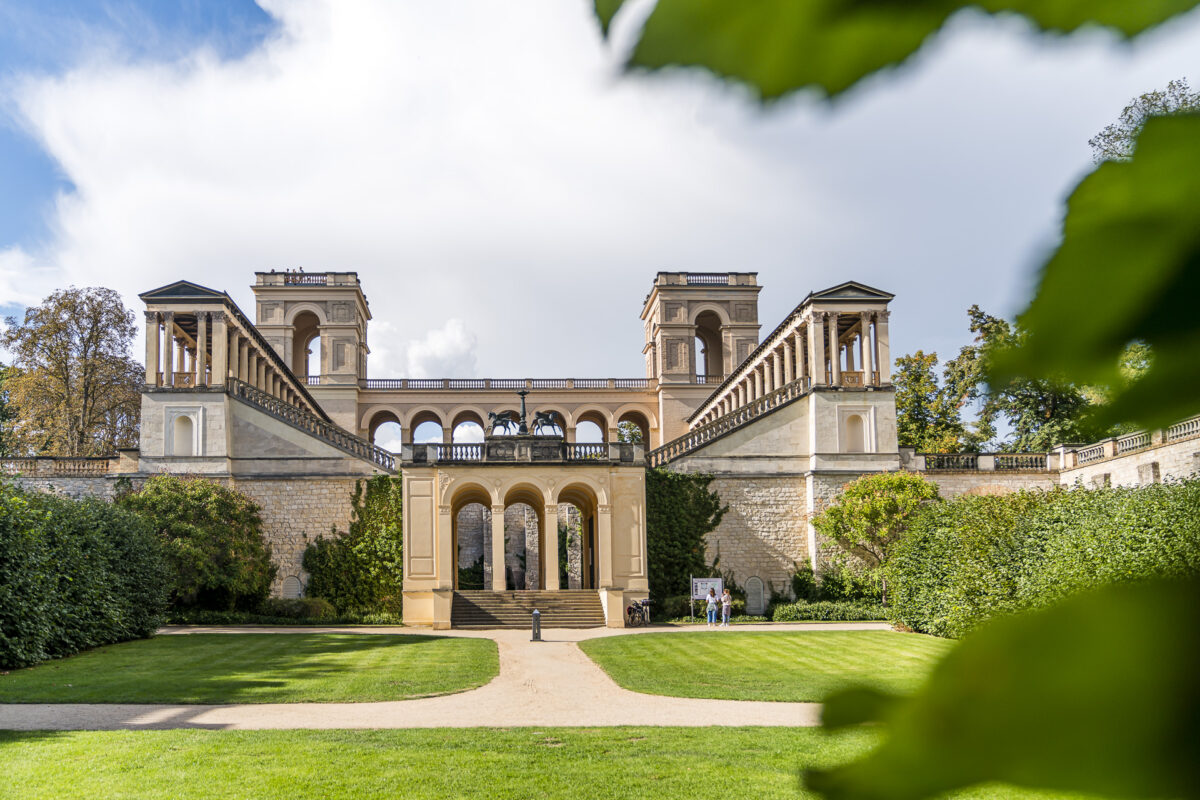



The Belvedere is open daily from 10:00 a.m. to 6:00 p.m. during the summer months (April to October). In March and November, the Belvedere is open to the public on Saturdays and Sundays from 10:00 a.m. to 4:00 p.m. Regular admission costs 6 euros for adults. On weekends, it is also worth taking a look at the Temple of Pomona to the south below the Belvedere. The small pavilion hosts changing art exhibitions.
Further information about the Belvedere Pfingstberg: Plan your visit
Potsdam Tip #6: Marvel at the palaces and gardens of Sanssouci
A visit to Potsdam without a visit to Sanssouci Park? Unthinkable! The palace, planned by Frederick the Great in 1743 in the baroque style with its unique terraces, is the most popular photo subject in Potsdam and fascinates me even on my second visit. The great thing about Sanssouci is that the extensive park (like all parks in Potsdam, by the way) can be visited free of charge. You only have to pay an entrance fee if you want to visit the castles from the inside.
The ticket for Sanssouci Palace (regular admission, 14 euros) is sold with a fixed time slot for the visit. It may therefore be that there are no more free tickets available for certain time slots at short notice and it is therefore better to book the ticket online in advance (or accept a waiting time on site). If you want to visit more than one palace in one day, then it is worth buying the Sanssouci+ ticket (19 euros). The tour of Sanssouci Palace with audio guide takes about thirty minutes. To visit the entire park with all its winding and hidden paths, at least half a day must be calculated.

My tip: Start the tour at Sanssouci Palace (where the ticket office is also located). From there, walk via the Neptune Grotto, the Church of Peace and the Chinese House to the equally impressive Orangery Palace. From there via Drachenhaus (where there is a nice restaurant) to the Belvedere Klausberg (a beautiful and rarely frequented viewpoint).
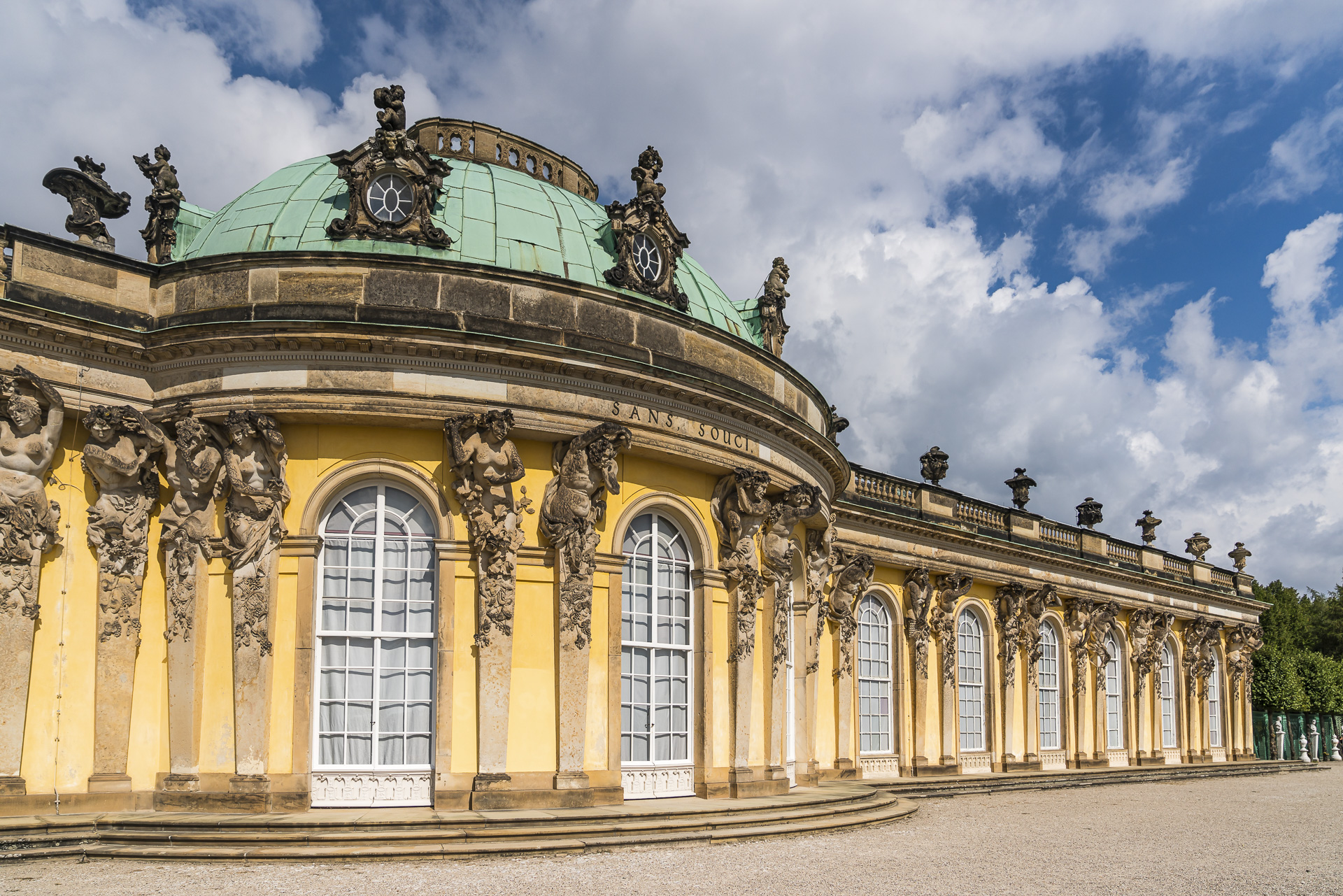


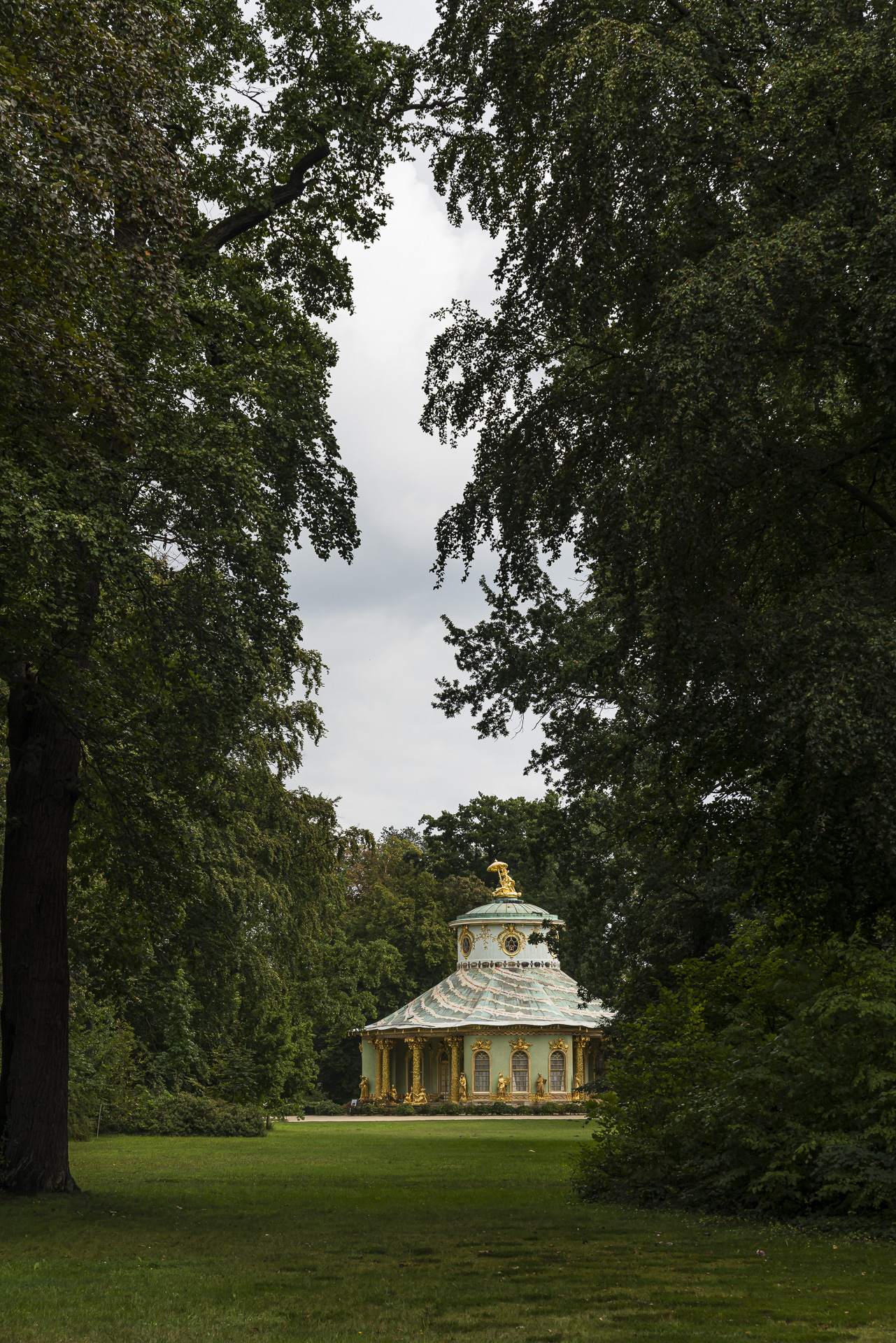


If you still have time and energy at this point, then I think it’s worth adding a tour of the New Palace. The rooms are no less impressive than those in Sanssouci Palace.


For more information, ticket options and opening hours of Sanssouci Palace, please contact: Prussian Palaces and Gardens Foundation
Potsdam Tip #7: Stroll through Potsdam’s city centre
With all the castles and parks on the outskirts of the city, one tends to disregard the actual city center of Potsdam. There are also some buildings worth seeing from the different eras of the Prussian rulers to marvel at. This includes the former Marstall at the Lustgarten. Built in 1685, the baroque building is the oldest surviving building in the city and now houses the Film Museum. On the banks of the Havel, you can expect a mix of GDR prefabricated buildings and industrial buildings from the early 19th century – including the steam engine house built in the style of a “mosque”. In the old town centre, the various city expansions are reflected in the respective style of the building ensembles.

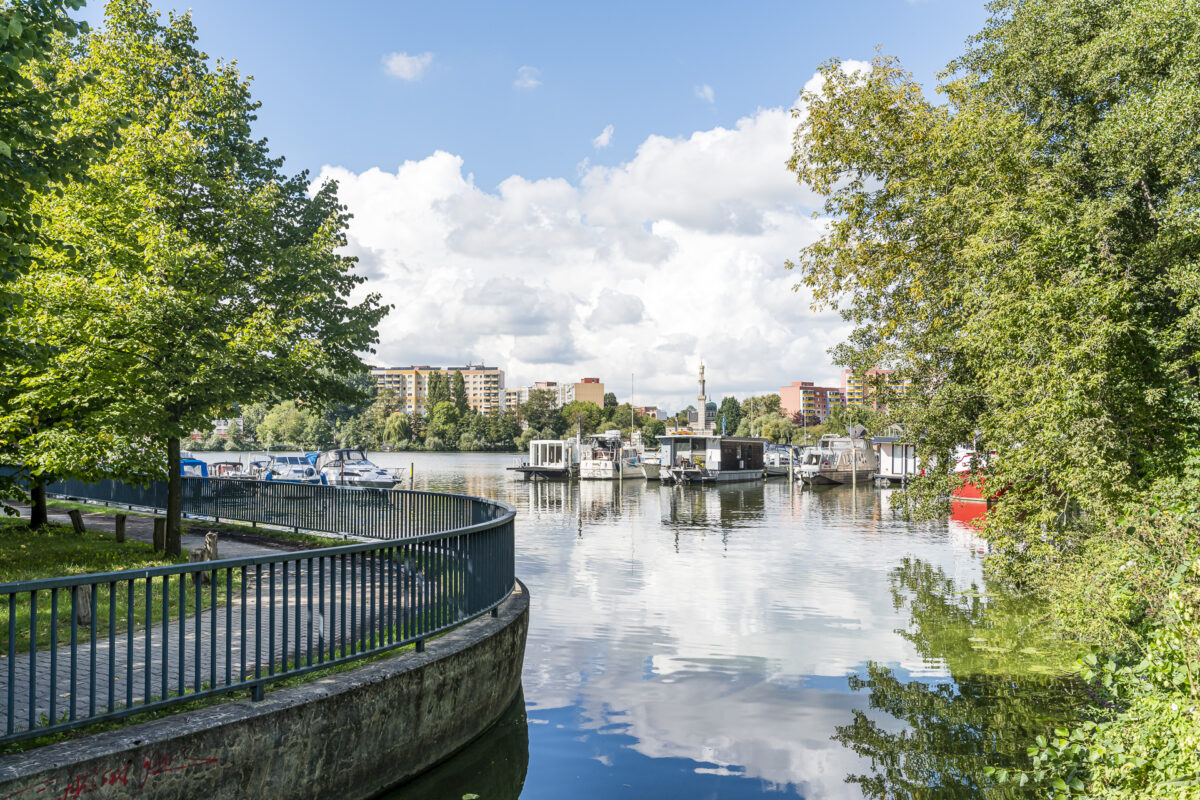



Potsdam Tip #8: Linger in the Dutch Quarter
For example, King Frederick William I. In the middle of the 18th century, Dutch craftsmen were brought to Potsdam to build the attractive quarter, which consisted of 134 brick houses. Today, the Dutch Quarter is less for residential use and more for the highest density of small, owner-managed shops, cafés and restaurants. Accordingly, there is a suitable place to stop for refreshments for almost every taste. My tip for a late breakfast or a sweet coffee break: The Baguetterie Lekker Koffie at Mittelstrasse No. 3.


To the opening hours, offers Dining: Lekker Koffie
Potsdam Tip #9: Enjoy a fine dinner
As in every major city, Potsdam has a wide range of restaurants and places to stop for refreshments for almost every taste. Especially in the summer months, there is also the possibility to eat outside in many places. For example, at Le’s Cyclo on Lindenstrasse (a few meters from the Jägertor). A small, charming eatery, with a menu inspired by Vietnamese street food cuisine.

Another institution that is able to inspire pasta lovers in particular is the GenussWerkstatt. This is located right next to the Film Museum.

Another tip for fans of fine dining: the kochZimmer in the restaurant zur Ratswaage. Unfortunately, we didn’t have enough time – but it is definitely reserved for our next visit to Potsdam.
Practical tips for your city trip to Potsdam
- We stayed in a central location on Luisenplatz in the MAXX Hotel Sanssouci Potsdam. Conveniently located to visit the city center on foot. Overnight stay in a double room from around 85 euros per night (depending on the room category, day of the week and booking situation). If you stay overnight here, you will receive a so-called Travel Card after check-in, with which you can use public transport free of charge.
- Potsdam can be reached daily by train from Zurich via Berlin (or, depending on the connection, also via Brandenburg an der Havel) with a single change. Board the night train in Zurich shortly before 8:00 p.m. and arrive in Potsdam at 8:15 a.m.
- You can find even more information and information about current events and city tours on the website of Potsdam Tourism
In the following map you will find a summary of my collected tips for Potsdam.



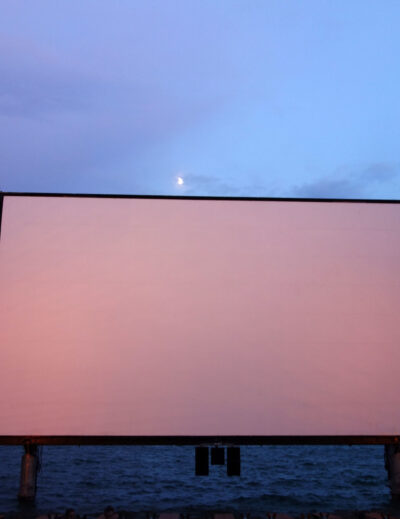

Leave a Reply